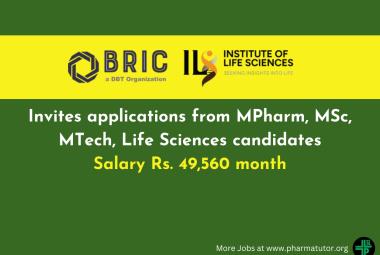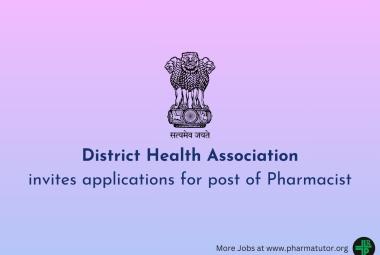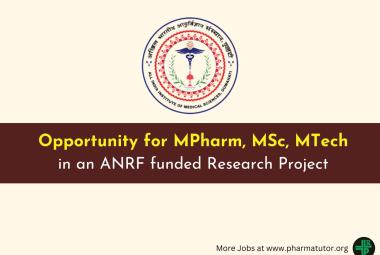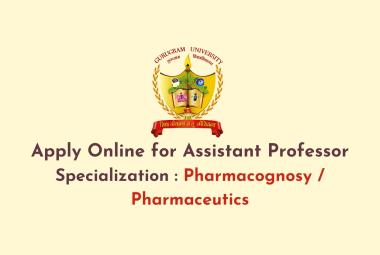Pfizer Inc. announced the publication of findings from the phase 3 INO-VATE ALL study in the online issue of The New England Journal of Medicine. The study, also known as Study 1022, is an open-label, randomized, phase 3 study evaluating the safety and efficacy of inotuzumab ozogamicin as compared with investigator-choice chemotherapy in 326 adult patients with relapsed or refractory CD22-positive acute lymphoblastic leukemia (ALL).
[adsense:336x280:8701650588]
Results showed improvement over chemotherapy on a number of measures including complete hematologic remission and progression-free survival (PFS). Updated results and newly available overall survival (OS) data were also presented as a late-breaking oral presentation at the 21st Congress of the European Hematology Association (EHA) 2016 Annual Meeting in Copenhagen, Denmark.
“Relapsed or refractory ALL is an aggressive leukemia in urgent need of new treatment options as about half of adult patients will not respond to chemotherapy or will see their disease return,” said Hagop M. Kantarjian, M. D., lead study investigator and professor, The University of Texas MD Anderson Cancer Center. “The efficacy results seen in patients treated with inotuzumab ozogamicin in this study are impressive, particularly median progression-free survival, high rates of hematological remission and absence of minimal residual disease. These results suggest inotuzumab ozogamicin, if approved, could be a valuable new addition to currently available treatment options for ALL patients, including as a bridge to stem cell transplantation, which is the best chance for a cure at this stage of the disease.”
The INO-VATE ALL study had two independent primary endpoints, complete response with or without hematologic remission and OS. INO-VATE ALL met its first primary endpoint of complete response, which was significantly better with inotuzumab ozogamicin compared to chemotherapy (80.7% [95% CI, 72%-88%] vs. 29.4% [95% CI, 21%-39%], P<0.001). Inotuzumab ozogamicin also significantly extended PFS compared to chemotherapy (HR: 0.45 [97.5% CI, 0.34-0.61], P<0.001; median PFS, 5.0 vs. 1.8 months, in their respective arms). The second primary endpoint of OS showed a strong trend toward longer OS for patients treated with inotuzumab ozogamicin compared to chemotherapy, but did not reach the level of statistical significance (p < 0.0104) for the trial (HR: 0.77 [97.5% CI, 0.58-1.03], one-sided P=0.0203; median OS, 7.7 months [95% CI, 6.0-9.2] vs. 6.7 months [95% CI, 4.9-8.3]). The two-year OS rate for inotuzumab ozogamicin was 23 percent (95% CI, 16%?30%) compared to chemotherapy at 10 percent (95% CI, 5%?16%).
Results from INO-VATE ALL also showed patients treated with inotuzumab ozogamicin achieved high rates of minimal residual disease (MRD) negativity (78.4% [95% CI, 68%-87%; P<0.001]), and experienced a duration of response (DOR) of 4.6 months (95% CI, 3.9-5.4; HR: 0.55; P<0.034). In comparison, 28.1 percent (95% CI, 14%-47%; P<0.001) of patients treated with chemotherapy achieved MRD negativity and median DOR was 3.1 months (95% CI, 1.4-4.9; HR: 0.55; P<0.034). More patients also proceeded to stem-cell transplant with inotuzumab ozogamicin compared to standard chemotherapy (41% vs. 11%, P<0.001).
[adsense:468x15:2204050025]
Inotuzumab ozogamicin is an investigational antibody-drug conjugate (ADC) comprised of a monoclonal antibody (mAb) targeting CD22, a cell surface antigen found on cancer cells in almost all B-ALL patients, linked to a cytotoxic agent. When inotuzumab ozogamicin binds to the CD22 antigen on malignant B-cells, it is thought to be internalized into the cell, where the cytotoxic agent calicheamicin is released to destroy the cell.







